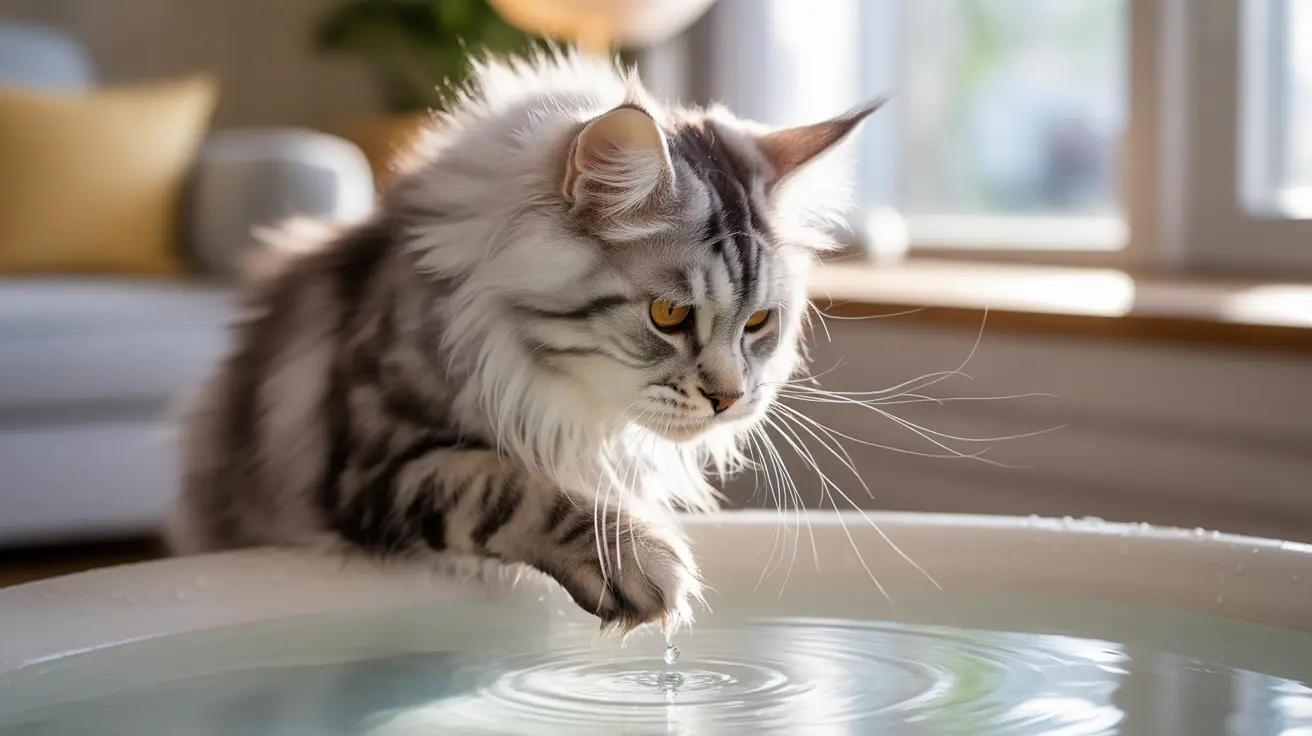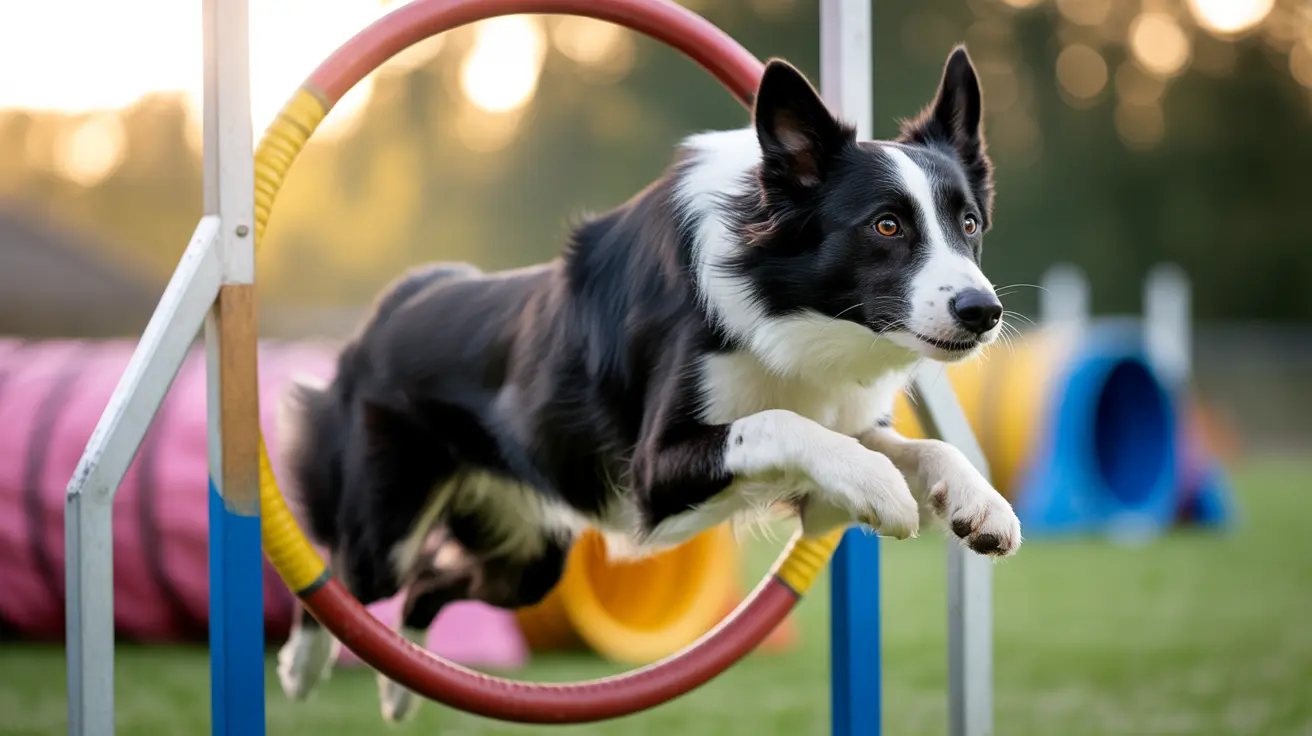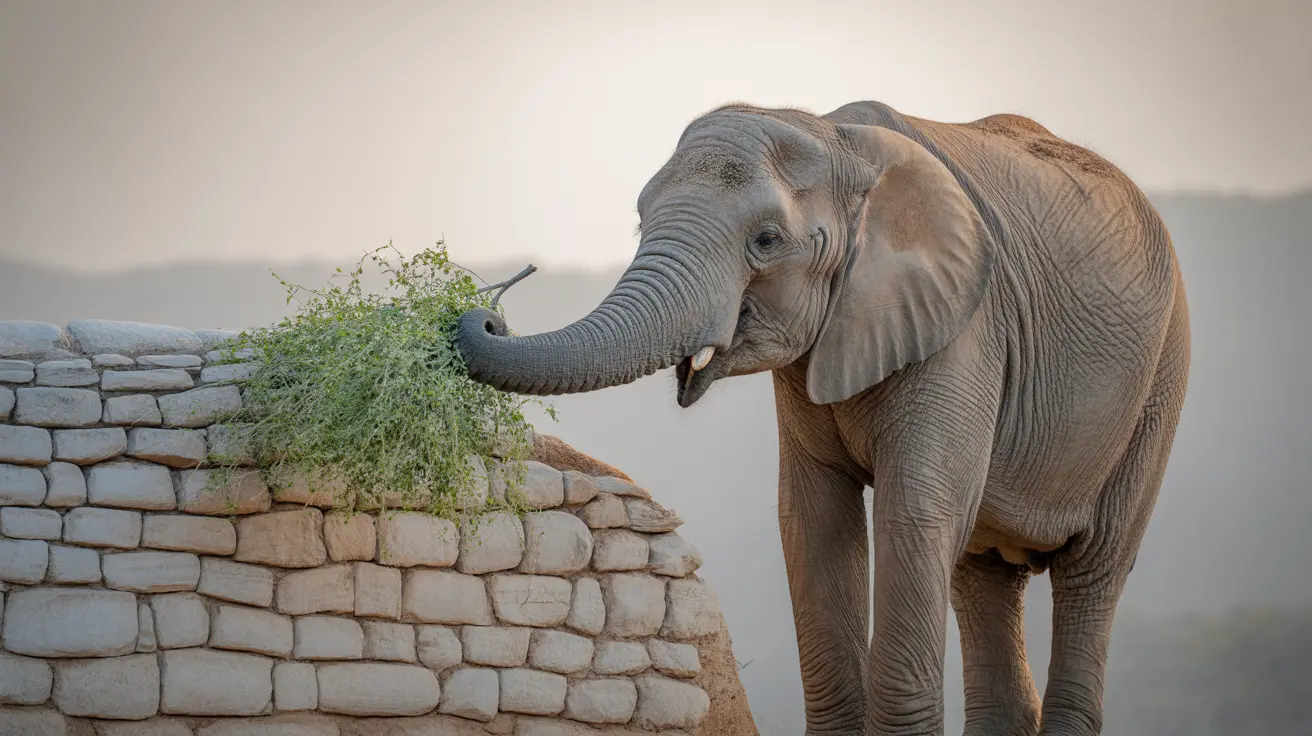Why Do Cats Hate Water? Understanding Your Feline's Natural Aversion
If you've ever tried to give your cat a bath, you've likely witnessed a dramatic transformation from calm companion to a hissing, clawing escape artist. The question "why do cats hate water" has puzzled cat owners for generations, and the answer lies deep within feline biology, evolution, and behavior. While most domestic cats display a strong aversion to water, this reaction isn't simply stubbornness—it's rooted in practical survival instincts and physical characteristics that have developed over thousands of years.
Understanding your cat's relationship with water is crucial for proper pet care and can help you approach necessary bathing situations with greater empathy and success. While some cats may never warm up to water, knowing the reasons behind their aversion can help you create a more comfortable experience for both you and your feline friend when water contact becomes unavoidable.
Evolutionary Origins of Water Aversion
The domestic cat's dislike of water traces back to their evolutionary history and natural habitat preferences. Cats evolved in dry climates with minimal exposure to large bodies of water, making water an unfamiliar and potentially threatening element in their environment. Unlike animals that evolved near rivers, lakes, or coastal areas, domestic cats' ancestors developed in arid regions where water sources were typically small and shallow.
This evolutionary background explains why cats haven't developed the same comfort level with water that other animals possess. Their survival strategies focused on agility, stealth, and maintaining optimal body temperature—all of which are compromised when their fur becomes saturated with water. In contrast to animals like tigers, which often enter water to cool off or hunt, domestic cats developed alternative methods for temperature regulation and prey capture that didn't require water immersion.
How Cat Fur Affects Water Tolerance
One of the primary reasons cats hate water relates directly to the unique properties of their fur. When a cat's coat becomes wet, it absorbs significant amounts of water, creating several uncomfortable and potentially dangerous situations. Wet fur becomes heavy and cumbersome, dramatically reducing the cat's natural agility and speed—essential survival traits that cats rely on instinctively.
The extended drying time required for cat fur presents another significant issue. Unlike animals with water-repellent coats, most domestic cats have fur that retains moisture for extended periods. During this time, the wet coat loses its insulating properties, making it difficult for cats to regulate their body temperature effectively. This temperature disruption can be particularly distressing for animals that depend on precise thermal regulation for comfort and health.
Additionally, cats have whisker-like sensory hairs distributed throughout their bodies that help them navigate and sense their environment. Water can disturb these sensitive hairs, creating confusion and disorientation that adds to their overall discomfort with being wet.
The Importance of Natural Grooming Habits
Cats are renowned for their meticulous grooming habits, spending a significant portion of their day cleaning themselves through licking and precise paw movements. This natural grooming process serves multiple purposes: it removes dirt and debris, distributes natural oils throughout their coat, regulates body temperature, and maintains their personal scent profile. Water baths disrupt this carefully maintained system and can undo hours of self-grooming work.
When cats groom themselves, they're not just cleaning—they're engaging in a complex behavioral routine that provides comfort, stress relief, and maintains their social identity. The introduction of water and foreign substances like soap or shampoo interferes with this natural process and can cause significant stress. Most cats find their self-grooming methods entirely adequate for maintaining cleanliness and rarely require human intervention for hygiene purposes.
The disruption of natural grooming routines can also affect a cat's psychological well-being. Grooming is a self-soothing behavior that helps cats manage stress and anxiety. When this routine is interrupted by forced bathing, it can create additional emotional distress beyond the physical discomfort of being wet.
Scent and Communication Disruption
Cats rely heavily on scent for identification and social interaction, making their personal odor profile crucial for communication and territorial recognition. Water, especially when combined with soaps or shampoos, can wash away these essential scents, leaving cats feeling confused and socially displaced. After being bathed, cats often spend considerable additional time grooming to restore their familiar scent profile.
This scent disruption affects more than just the individual cat—it can impact their relationships with other pets in the household and their recognition of familiar territories. The loss of personal scent can create anxiety and stress as cats work to re-establish their chemical identity through intensive grooming sessions.
Furthermore, cats have an exceptionally sensitive sense of smell, and they often dislike the odors associated with water treatments. Chlorinated tap water, soaps, and shampoos can be overwhelming and unpleasant for their heightened olfactory senses, contributing to their overall negative association with bathing experiences.
Physical Discomfort and Mobility Issues
Water affects a cat's body perception and balance in ways that are fundamentally unsettling for these agile creatures. Wet fur changes the way cats experience their own movements, making them feel slower and more vulnerable than their natural state. This altered physical sensation can be particularly distressing for animals that depend on precise, quick movements for both hunting and escape responses.
The weight of water-saturated fur also affects a cat's center of gravity and overall balance. Cats are precision animals that rely on exact spatial awareness and physical control. When their fur becomes heavy with water, it disrupts their natural movement patterns and can make them feel unstable and insecure.
Additionally, cats have deep ear canals that are particularly sensitive to moisture. Water trapped in these canals can lead to infections and creates an uncomfortable sensation that many cats find intolerable. This sensitivity around their ears contributes to their overall reluctance to engage with water, as they instinctively protect these vulnerable areas.
Water-Loving Cat Breeds: The Exceptions
While most domestic cats display water aversion, several breeds buck this trend due to specific genetic traits and coat characteristics. The Maine Coon, Bengal, Abyssinian, and Turkish Van breeds have developed coat textures that are more water-resistant than typical domestic cat fur, making them more comfortable with water exposure.
The Turkish Van is particularly notable, often referred to as "the swimming cat" due to their exceptional comfort in water. These cats have an oily, water-repellent coat that allows them to swim and play in water without experiencing the discomfort that affects other breeds. Their coat dries more quickly and doesn't absorb water to the same extent as typical cat fur.
Maine Coons and Bengals also possess fur with water-resistant properties, though to a lesser degree than the Turkish Van. These breeds may show curiosity about water and can often be found playing with dripping faucets or investigating water sources. However, individual personality differences still play a significant role in determining each cat's specific relationship with water.
Safe Bathing Techniques for Water-Averse Cats
When bathing becomes necessary due to medical conditions, inability to self-groom, or contamination with harmful substances, gradual introduction and proper technique can minimize stress and discomfort. Preparation is essential, including gathering all necessary supplies like non-slip surfaces, specialized cat shampoos, towels, and ensuring the bathing area is warm and secure.
Start by introducing your cat to small amounts of water gradually, beginning with damp cloths and progressing slowly to shallow water. Use lukewarm water, as temperature extremes can shock and distress cats. Never force the process—if your cat becomes extremely stressed, consider alternative cleaning methods or consult with a professional groomer experienced in handling water-averse cats.
Positive reinforcement through treats and gentle encouragement can help create more pleasant associations with water over time. However, it's important to recognize that some cats may never fully accept bathing, and forced procedures can create lasting trauma and increased water phobia.
Environmental Factors and Individual Differences
Indoor and outdoor cats may display different relationships with water based on their environmental experiences. Outdoor cats might encounter natural water sources more frequently and could develop different comfort levels compared to strictly indoor cats. However, even outdoor cats typically prefer to observe and drink from water sources rather than immerse themselves.
Individual personality plays a significant role in water tolerance. Some cats display natural curiosity about running or dripping water, which stimulates their instinctual prey drive. This interest in moving water is acceptable and safe since typically only their paws become wet, allowing them to maintain control over their exposure level.
Early experiences also shape adult water tolerance. Cats exposed to positive water experiences during kittenhood may develop greater acceptance, while those with negative experiences, such as accidentally falling into water, can develop lasting fears and phobias that persist throughout their lives.
Frequently Asked Questions
Is it normal for cats to completely avoid water?
Yes, it's completely normal for most domestic cats to avoid water. This behavior is rooted in evolutionary adaptations and practical concerns about their fur, mobility, and comfort. Only certain breeds with water-resistant coats naturally gravitate toward water.
Do I need to bathe my cat regularly?
Most cats do not require regular baths since they are excellent self-groomers. Bathing should only be necessary when cats cannot groom themselves due to illness, age, or contamination with harmful substances that they shouldn't lick off their fur.
Can I train my cat to like water?
While some cats can be gradually acclimated to tolerate water through positive reinforcement and slow introduction, many will never truly enjoy it. Training success depends largely on individual personality, early experiences, and breed characteristics.
Why do some cats play with running water but hate baths?
Cats may be intrigued by moving water because it triggers their hunting instincts, but they can control their exposure level—usually only getting their paws wet. Full immersion removes their control and creates the discomfort associated with wet fur and disrupted scent.
Are there health risks to forcing a water-averse cat into a bath?
Forced bathing can cause significant stress and anxiety, potentially leading to aggressive behavior and lasting trauma. Additionally, water in the ears can cause infections, and extreme stress can impact overall health and immune function.
What should I do if my cat accidentally gets soaked?
Gently dry your cat with towels as thoroughly as possible, ensure they're in a warm environment, and allow them time to complete their grooming routine. Monitor for signs of stress and provide comfort through familiar routines and environments.
Do wild cats also avoid water?
Not all wild cats avoid water. Tigers frequently swim and hunt in water, while other species like jaguars are also comfortable in aquatic environments. However, many wild cat species that evolved in arid climates share domestic cats' water aversion.
Conclusion
Understanding why cats hate water helps us approach our feline companions with greater empathy and knowledge. Their aversion stems from practical evolutionary adaptations, physical discomfort, and sensory sensitivities that served their ancestors well in dry climates. While some breeds and individuals may show greater water tolerance, respecting your cat's natural preferences is essential for maintaining trust and reducing stress.
For most cats, their natural grooming abilities are entirely sufficient for maintaining health and cleanliness. When bathing becomes necessary, patience, proper technique, and gradual introduction can help minimize distress. Remember that forcing water contact can create lasting negative associations, so it's always better to work with your cat's natural tendencies rather than against them. By understanding and respecting these innate behaviors, you can ensure your feline friend remains comfortable, healthy, and happy.






